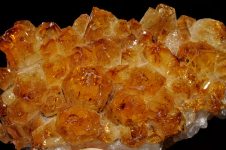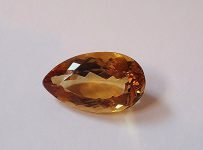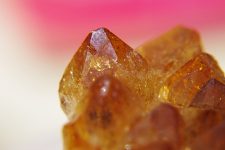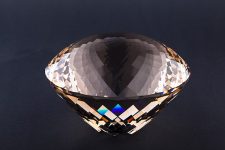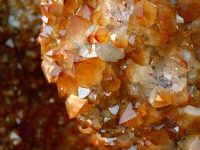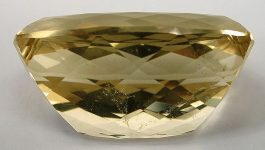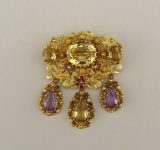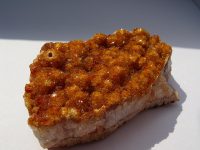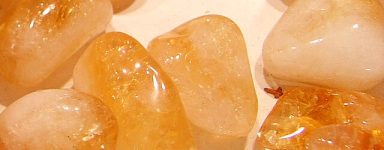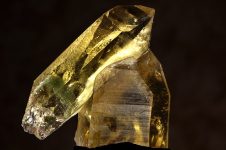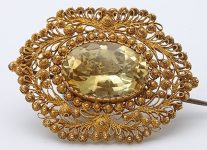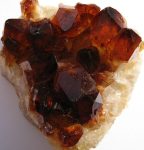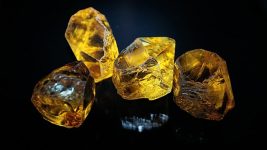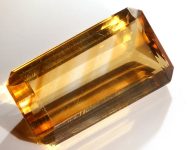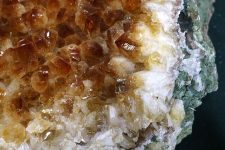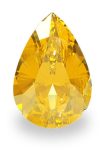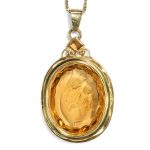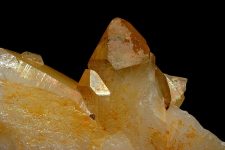Citrine
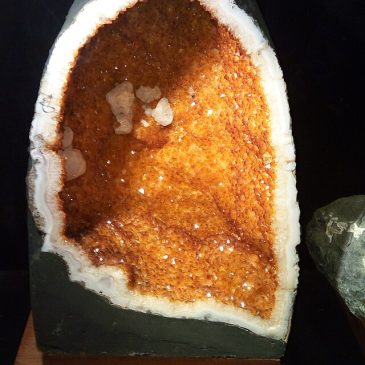
VARIETIES OF CITRINE
Madeira Citrine: Named after the wine, Madeira citrine has a rich, deep reddish-orange color and is highly sought after.
Lemon Quartz: A pale yellow to greenish-yellow variety of citrine, often used in jewelry for its delicate color.
Heat-Treated Citrine: Most commercial citrine is heat-treated amethyst or smoky quartz. The treatment enhances the yellow to orange hues, making the gemstone more attractive.
CHARACTERISTICS
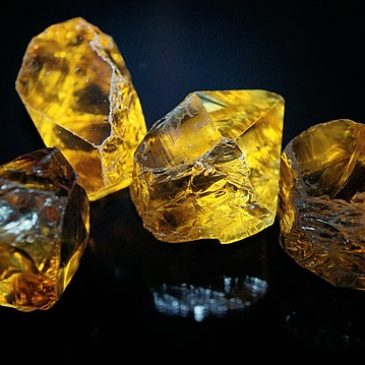
Color: Citrine ranges in color from pale yellow to deep amber, sometimes with brownish or reddish hues. The color is primarily due to the presence of iron impurities.
Hardness: On the Mohs scale, citrine has a hardness of 7, making it a durable gemstone suitable for various types of jewelry.
Crystal Structure: Citrine shares the hexagonal crystal system of quartz, often forming six-sided prisms.
Transparency: Citrine is typically transparent to translucent, with high clarity enhancing its appeal.
HISTORY AND LORE
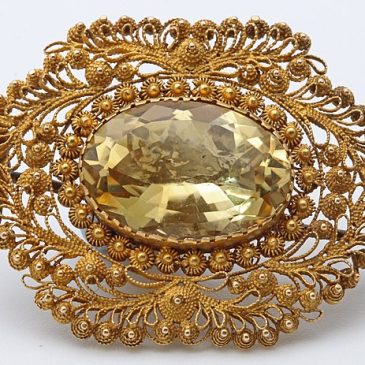
Ancient Times: Citrine has been used in jewelry and decorative items since ancient times. The Romans were known to craft intaglio work, where designs were carved into the gemstone.
Middle Ages: During the Middle Ages, citrine was believed to protect against snake venom and evil thoughts. It was also used as a talisman to ward off the plague.
Modern Era: Today, citrine is widely appreciated in jewelry. It is the birthstone for November and is associated with the 13th wedding anniversary.
SOURCES
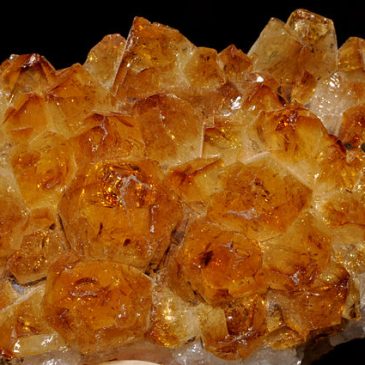
Geographical Locations: Major sources of citrine include Brazil, Spain, Russia, France, Madagascar, and the United States (Colorado, North Carolina, and California). Brazil is the largest producer, especially known for its high-quality specimens from the state of Rio Grande do Sul.
Geological Formation: Citrine forms in igneous, metamorphic, and sedimentary rocks. Natural citrine is relatively rare, with most commercial citrine being heat-treated amethyst or smoky quartz, which develops the yellow color upon heating.
USES
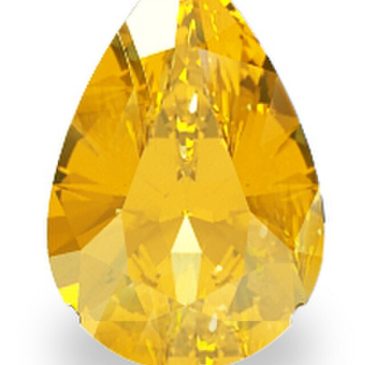
Jewelry: Citrine is popular in rings, necklaces, earrings, bracelets, and brooches. Its affordability and variety of colors make it a favorite for both casual and high-end jewelry designs.
Decorative Items: Citrine is used in various decorative items such as carved figurines, beads, and ornamental objects.
Metaphysical Uses: Citrine is believed to carry the power of the sun, offering energy, warmth, and clarity. It is often used in crystal healing and is thought to promote prosperity, joy, and positive energy.
METAPHYSICAL PROPERTIES
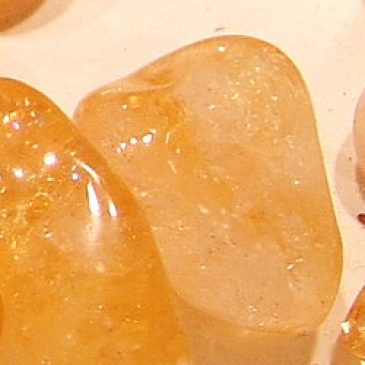
Physical Healing: Citrine is thought to aid digestion, boost the immune system, and improve skin conditions. It is also believed to help with fatigue and promote overall physical vitality.
Emotional and Mental Healing: Citrine is considered a powerful cleanser and regenerator, balancing emotions and dispersing negative energy. It is often used to alleviate depression, fears, and phobias.
Spiritual Healing: In spiritual practices, citrine is used to enhance creativity and manifest personal will. It is associated with the solar plexus chakra, promoting self-confidence and personal power.
